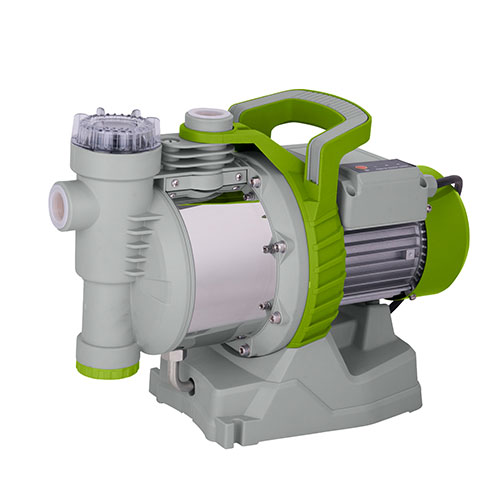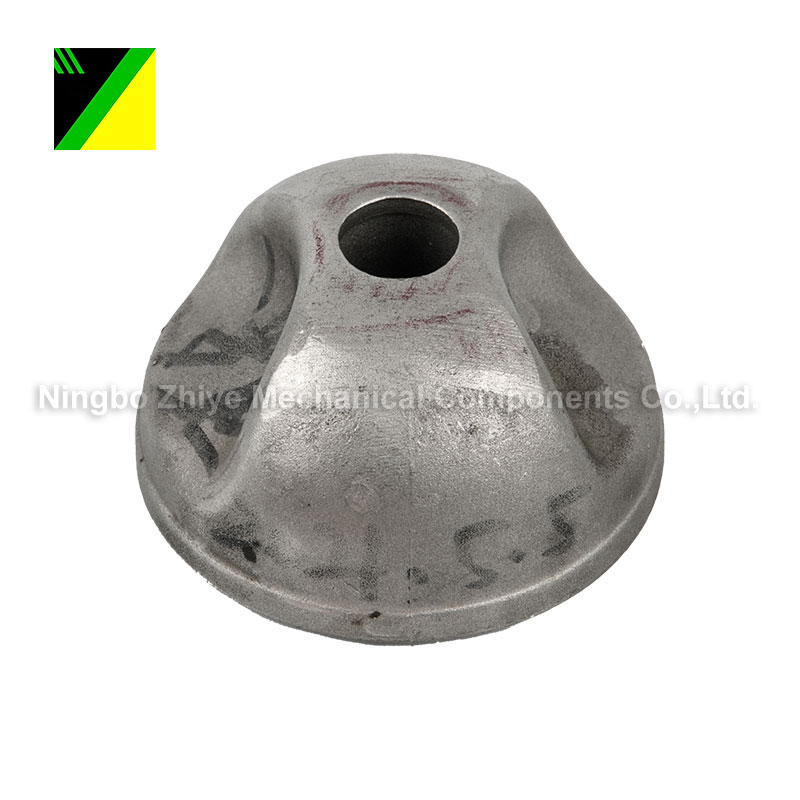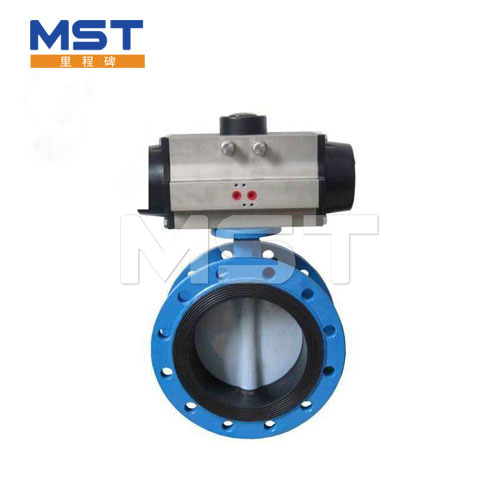Garden Jet Pump
A garden jet pump, also known as a garden water pump or garden irrigation pump, is a type of pump specifically designed for garden and irrigation applications. It is used to draw water from a water source, such as a well, river, or rainwater collection system, and provide water pressure for watering......
Send Inquiry
Product Description
A garden jet pump, also known as a garden water pump or garden irrigation pump, is a type of pump specifically designed for garden and irrigation applications. It is used to draw water from a water source, such as a well, river, or rainwater collection system, and provide water pressure for watering gardens, lawns, and other outdoor areas.
Here are some key features and characteristics of garden jet pumps:
1. Self-Priming: Garden jet pumps are typically self-priming, which means they can create a suction force to draw water from the water source without the need for manual priming or the use of a separate priming system. This makes them convenient and easy to use.
2. Jet Assembly: Garden jet pumps feature a jet assembly, which consists of a nozzle and a venturi tube. The jet assembly is responsible for creating the suction force and increasing the water pressure. As water passes through the venturi tube, it accelerates, creating a low-pressure area that draws water from the water source.
3. Electric Motor: Garden jet pumps are usually powered by an electric motor, which drives the pump mechanism. The motor is typically single-phase, and the pump is designed for residential or light-duty applications. The motor is housed in a protective enclosure, ensuring safe and reliable operation.
4. Pump Housing and Impeller: The pump housing of a garden jet pump is usually made of durable materials such as cast iron or thermoplastic. Inside the pump housing, there is an impeller that rotates to create the necessary pressure and push the water through the pump and out to the desired outlet.
5. Pressure Switch: Many garden jet pumps are equipped with a pressure switch. The pressure switch monitors the water pressure and automatically controls the pump operation. When the water pressure drops below a certain threshold, the pressure switch activates the pump to maintain the desired pressure. This allows for automatic operation without the need for constant monitoring.
6. Flow Rate and Pressure: Garden jet pumps are available in various sizes and capacities to accommodate different flow rate and pressure requirements. The flow rate is typically measured in gallons per minute (GPM), while the pressure is measured in pounds per square inch (PSI). The specific flow rate and pressure capabilities depend on the pump model and its intended application.
7. Installation and Maintenance: Installing a garden jet pump involves connecting the pump to the water source and installing appropriate fittings, pipes, and hoses for the desired water distribution system. Regular maintenance includes cleaning the pump intake and impeller, inspecting seals and connections, and ensuring proper electrical connections.
Garden jet pumps are commonly used for small-scale irrigation, garden watering, and other outdoor water supply needs. They are relatively compact, easy to install, and suitable for residential or light commercial use. When selecting a garden jet pump, it is important to consider factors such as the desired flow rate, pressure requirements, power supply, and any specific features or accessories needed for the intended application. Consulting with a pump specialist or referring to reputable pump manufacturers can help ensure the right garden jet pump is chosen for the specific garden or irrigation needs.










